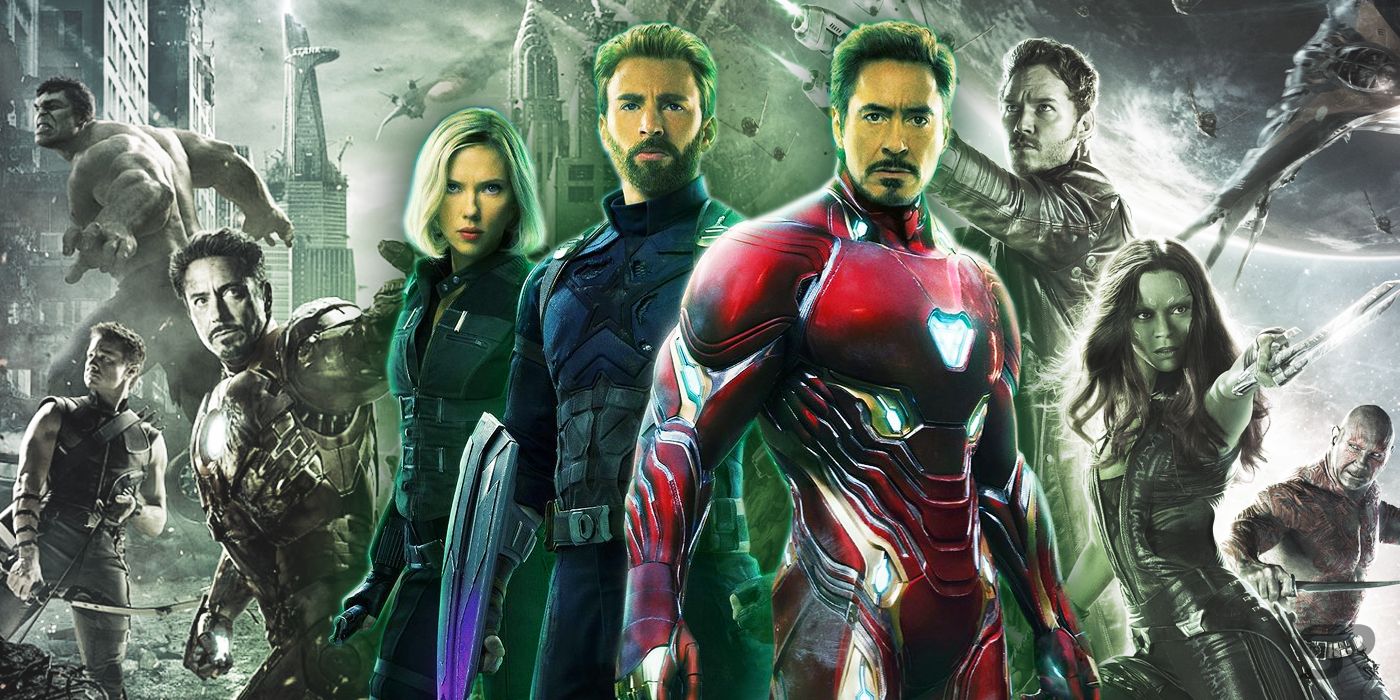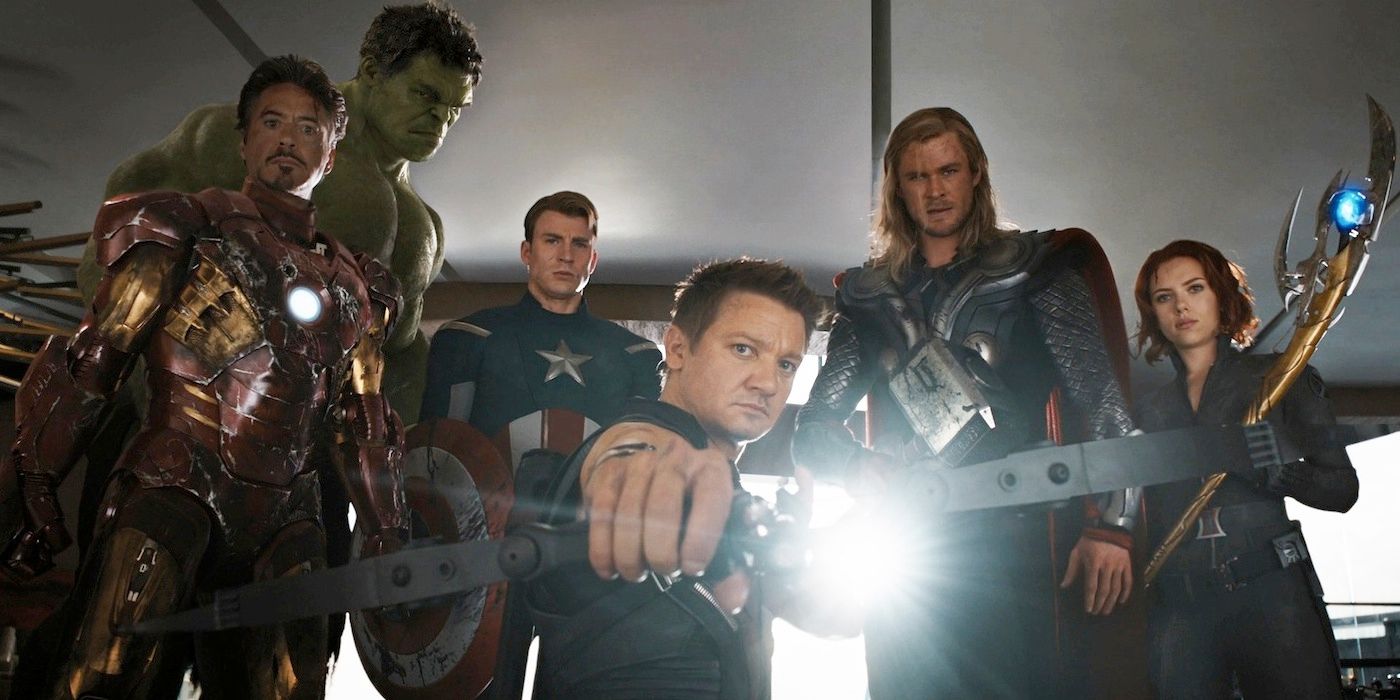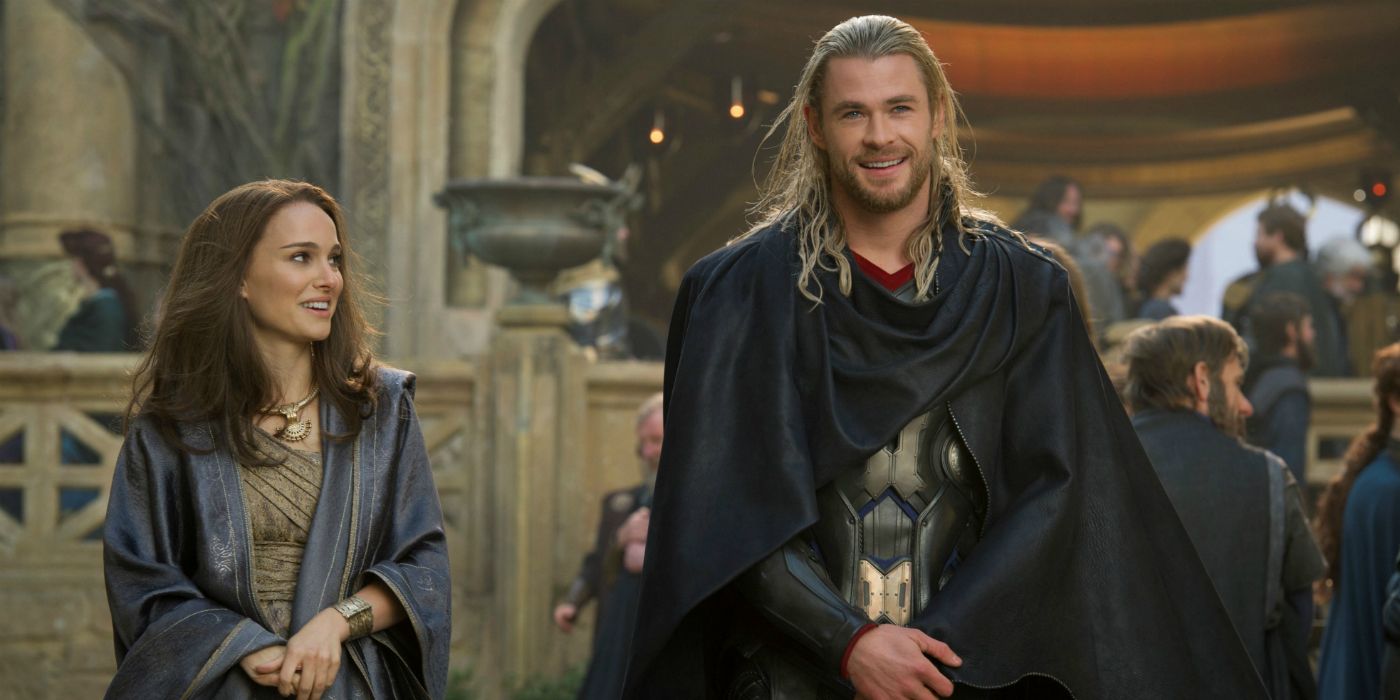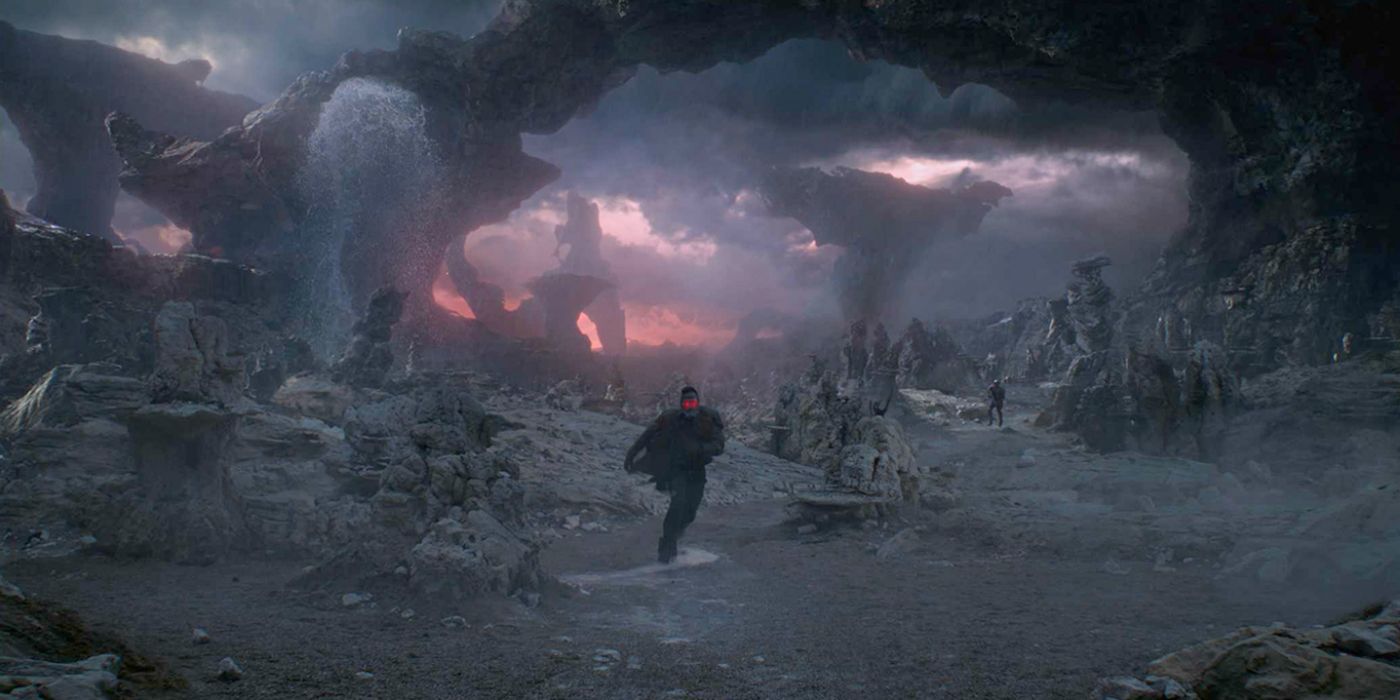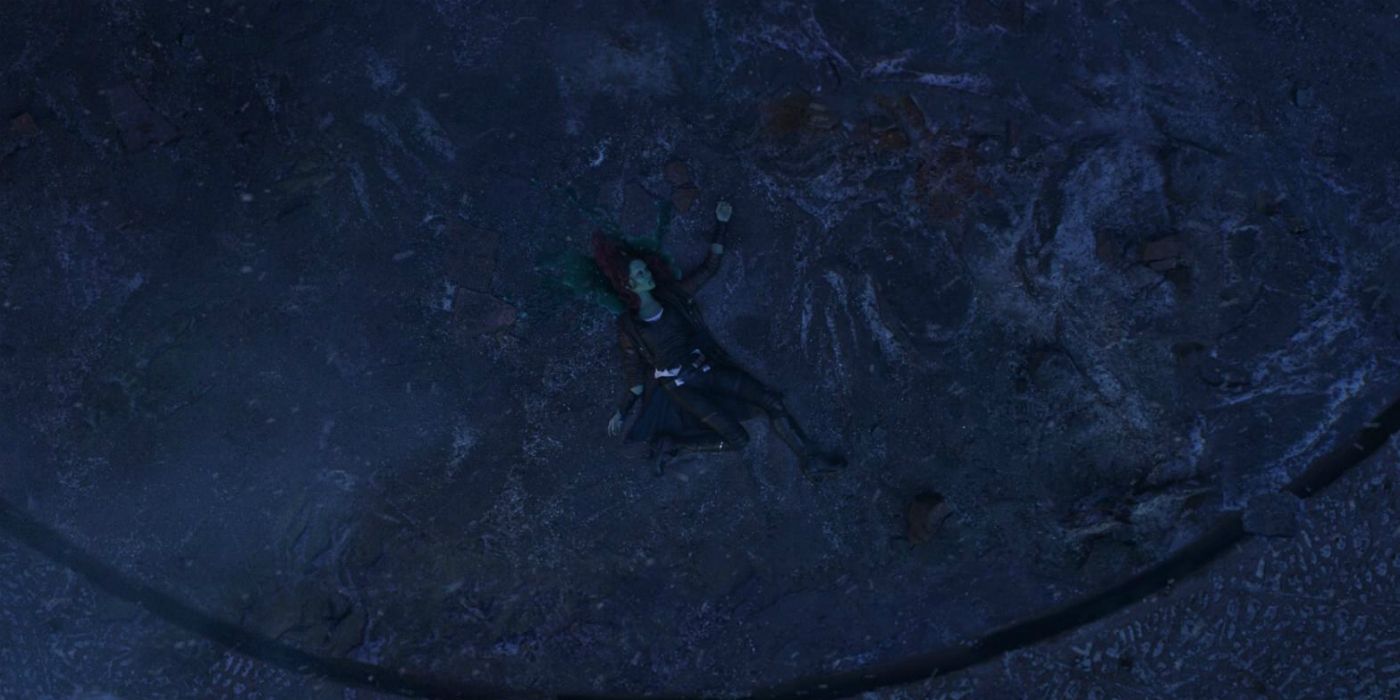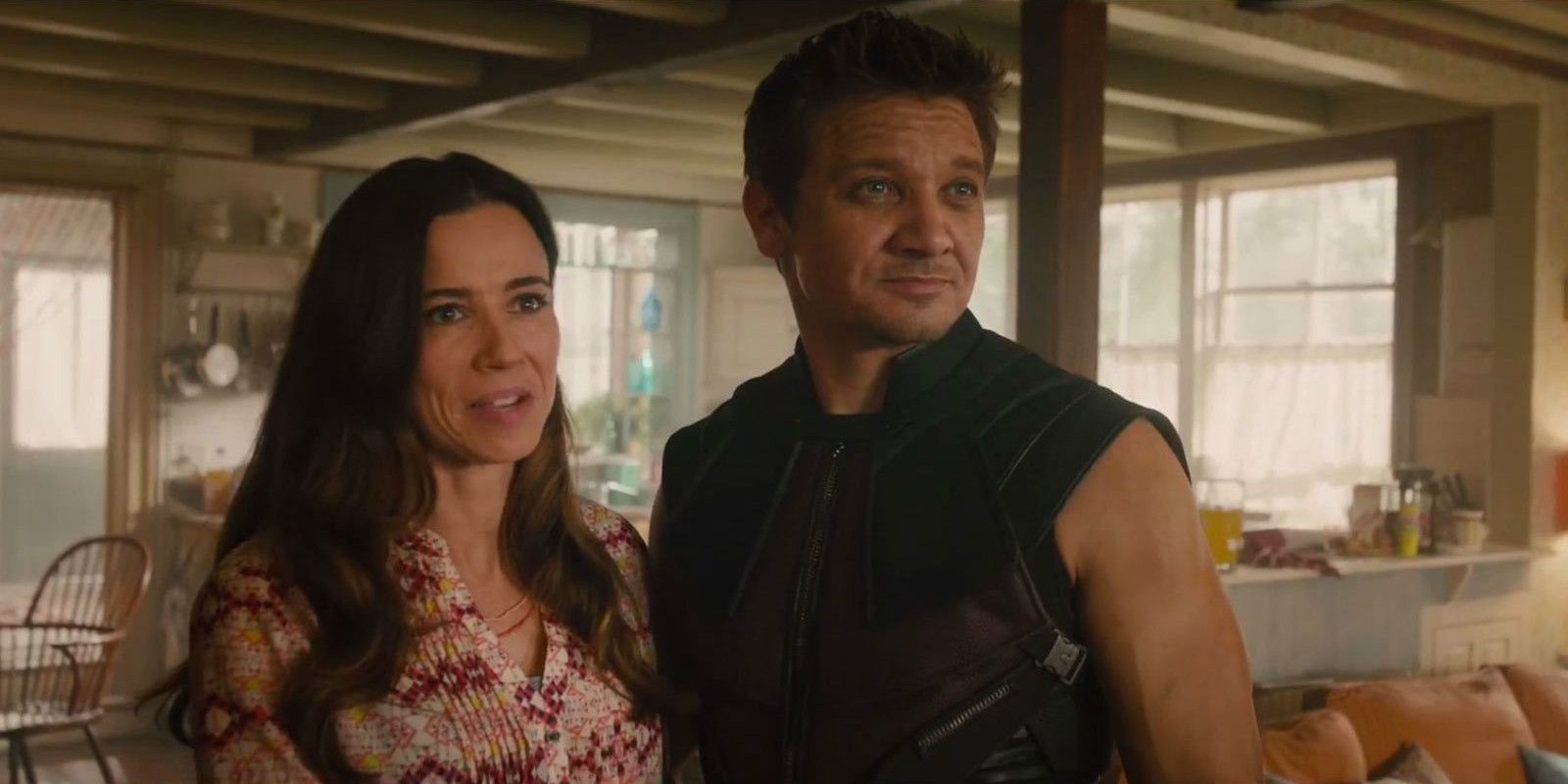Avengers: Endgame revisited a multiple previous Marvel Cinematic Universe movies via time travel. Most Marvel movies are at least loosely inspired by the comics, but - although it was filled with Easter eggs - Avengers: Endgame was an entirely original story. Its purpose was essentially to act as a celebration of the MCU itself.
Avengers: Endgame achieved this through a simple narrative conceit: time travel. The Avengers realized that their only chance to undo the snap was to use the Quantum Realm to travel back to the past, and retrieve the Infinity Stones from before they were destroyed. While the "rules" of Avengers: Endgame's time travel were undefined and inconsistent, in narrative terms it allowed Marvel to revisit some of their most beloved movies. As Joe Russo noted, "I think it's interesting after to go back and look at some of the Marvel films and view them through a different lens."
Avengers: Endgame contained homages to countless moments in the movies. But, by traveling through time and space, it revisited five specific films.
The Avengers (2012)
The Avengers work out that there's one point in time when no less than three Infinity Stones were in New York simultaneously: 2012, during the Battle of New York in The Avengers. Loki had arrived on Earth wielding the Scepter that contained the Mind Stone, he'd successfully taken the Tesseract to Stark Tower, and meanwhile, the Avengers learned the Time Stone was (probably) at the Sanctum Sanctorum. Given they only had a finite amount of Pym Particles, the Avengers decided to travel back to 2012 and the tail-end of the Battle of New York. This allowed them a unique opportunity to observe, and even interact with, their past selves.
The Russo brothers used this to tie together a couple of loose plot threads from the MCU. They explained how Hydra acquired the Scepter but not the Tesseract; the Avengers unwisely handed the Scepter over to S.H.I.E.L.D. agents, unaware that Rumlow and Sitwell were actually Hydra. Alexander Pierce attempted to get his hands on Loki and the Tesseract as well, but his attitude provoked a confrontation with both Tony Stark and Thor. Presumably in the original timeline that came to an end when the Hulk barged through the doors, and Pierce realized he was drastically outgunned if he tried to make a scene.
Meanwhile, Avengers: Endgame also revealed that the Ancient One was indeed in New York, battling to protect the Sanctum Sanctorum from the invading Chitauri. Given the Ancient One's habit of peering into the future, it's likely she already knew the Avengers would beat Loki, and so restricted herself to keeping safe the mystic artifacts she was sworn to protect. Note that she had taken the Time Stone itself into battle with her, though; as demonstrated in Doctor Strange, she didn't always do that, and presumably it meant she was willing to step up if she felt she was needed.
Thor: The Dark World (2013)
Thor decided the best time to pick up the Aether was in 2013, when it was briefly on Asgard during Thor: The Dark World. The Aether had been hidden by Thor's grandfather Bor for millennia, until it was discovered by Jane Foster during the Convergence. She was then taken to Asgard to be monitored, and Odin swiftly identified the parasitic force that had infected her. But Thor knew that Jane was initially viewed as nothing more than a curiosity, a mortal woman who had stumbled upon something she shouldn't have. Until the Dark Elves attacked, the Asgardians had no idea anyone was seeking the power of the Aether, and so they didn't even bother to protect Jane. It was the perfect moment to retrieve the Aether.
The Russos used this as an opportunity to explore Thor's grief. He had returned to his doomed homeworld of Asgard, and - much to his shock - was given a last chance to speak to his mother before her death. Frigga's death is subtly redefined as the moment Thor began to lose his way, with the God of Thunder lacking his mother's wise counsel. Thor is similar to his All-Father Odin in this regard; Odin's immediate reaction after Frigga's death was blind rage, and then he essentially consigned himself to death so he could join her in the afterlife.
Time travel gives Thor the chance to hear his mother's advice one last time. What's more, in a key moment in his character arc, he finds that he is still able to summon Mjolnir. Thor had blamed himself for Thanos' victory, wallowing in self-pity, but Mjolnir still considered him worthy. This gave Thor the validation he needed to become a hero once again.
Guardians of the Galaxy (2014)
Nebula knew that Star-Lord had found the Power Stone on the planet Morag in 2014's Guardians of the Galaxy. The Temple of the Power Stone is usually submerged beneath Morag's acidic oceans, but once every 300 years the tide subsides and the temple can be reached. Peter Quill had learned of the temple, and though he didn't truly know what it contained, he determined to raid it. This was the best moment to acquire the Power Stone, before it wound up in the possession of Ronan the Accuser and was subsequently put under maximum security guard on Xandar.
Thanos was a background presence in Guardians of the Galaxy, but the Russos used this setting as an opportunity to incorporate the past version of Thanos into their plot. The Mad Titan learned that a future version of Nebula had traveled back in time, and resolved to embrace his destiny by pursuing the Avengers to the future.
Avengers: Infinity War (2014)
Avengers: Infinity War revealed that the Soul Stone had been secreted on the planet Vormir for millennia. Nebula knew this, having heard Gamora tell Thanos the Soul Stone's location; as a result, when the Avengers arrived in 2014 they split up, with Hawkeye and Black Widow heading to Vormir. Unfortunately, Nebula had been unaware of the price that needs to be paid in order to obtain the Soul Stone. Anyone who seeks the Soul Stone must choose to sacrifice the person they love most - "a soul for a soul." Ironically, that very rule typically means only sociopaths attempt to acquire the Soul Stone, and their love is never a sufficient sacrifice. Thanos was an exception, because of his love for Gamora; Hawkeye and Black Widow realized that one of them had to die as well.
The Russos used this moment to shine a light on the relationship between Hawkeye and Black Widow, stressing just how much the two meant to one another. Natasha had been brought up as an assassin, and by 1998 had appeared on S.H.I.E.L.D.'s radar in the worst possible way; a recent official MCU timeline has confirmed that this happened in 1998, when Black Widow was just 14 years old. Hawkeye was assigned to kill her, but he made a different call, and the two instead became partners for years. Black Widow seems to have been the only S.H.I.E.L.D. operative (other than Nick Fury) to know about Hawkeye's family, and Clint even named his son Nathaniel after her. Of all the Avengers, these are the two who are the closest, and the two super-spies had to decide who should sacrifice themselves for the Soul Stone.
Avengers: Age of Ultron (2015) - Sort Of
A location from one final film is revisited in Avengers: Endgame; Hawkeye's household farm from Avengers: Age of Ultron. It's seen in a haunting introductory sequence, in which Clint Barton - who has been under house arrest since the events of Captain America: Civil War - is teaching his daughter some archery lessons. It's a beautiful family moment, but it swiftly turns into tragedy when Clint's family turn into dust and ash as a result of the snap. The Russos play it off quite cleverly, with Hawkeye facing away at the critical moments and left bewildered because his family seem to have literally just disappeared. It really does drive the horror of the snap home.
When the Avengers experiment with time travel for the first time, Clint naturally volunteers, and he returns to the farm at a moment when his loved ones were still alive. In narrative terms, it's a smart way of establishing what's at stake over the course of Avengers: Endgame; the Avengers are fighting to save the lives of half the living creatures in the universe, but that's difficult for viewers to truly feel in a visceral, emotional way, and it's much easier to personalize it. In the end, when the snap is reversed and everything is done, Hawkeye gets to return to his family.

